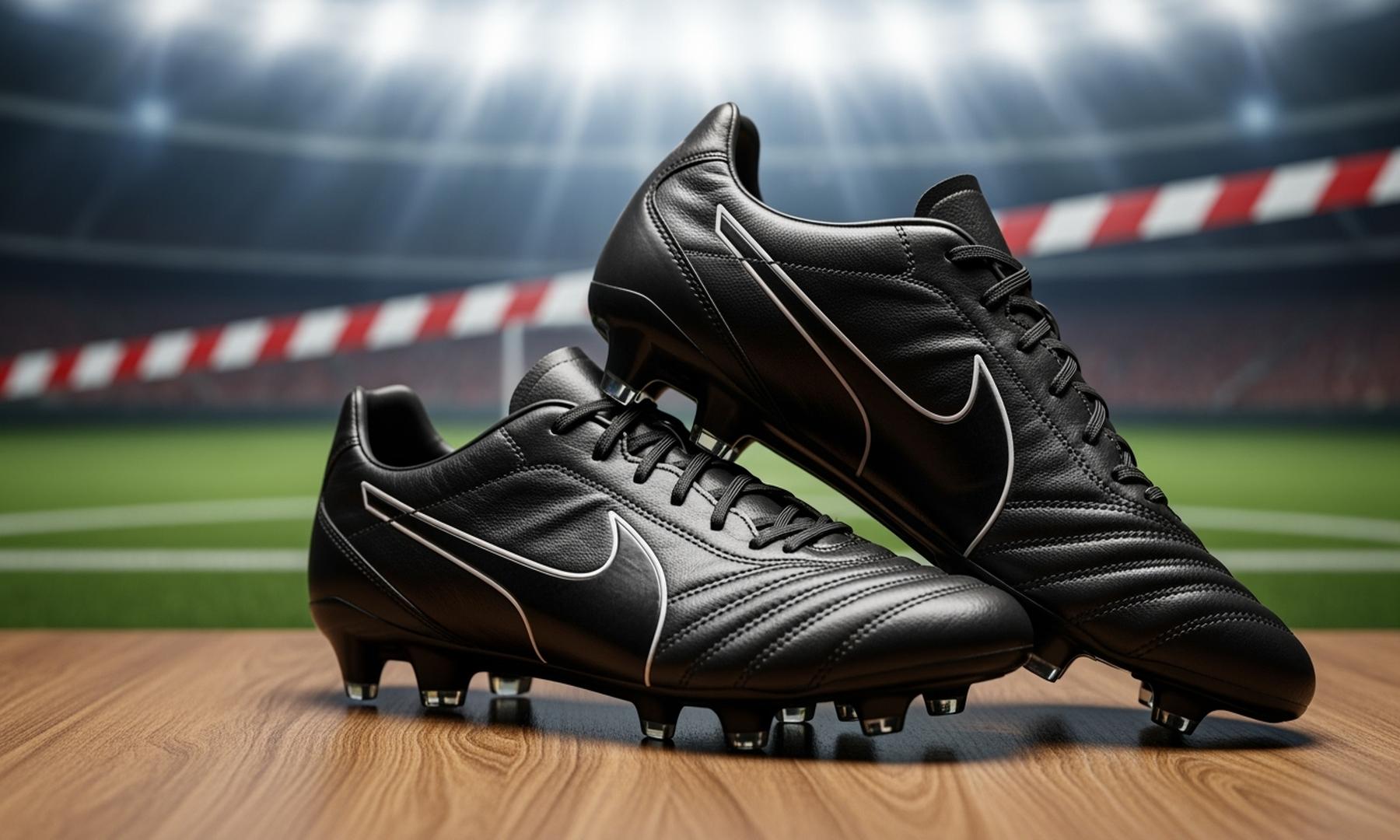What's Happening?
Johnnie Walker has launched a new global campaign featuring Sabrina Carpenter, a prominent figure in the music industry. This collaboration aligns with Carpenter's Short n’ Sweet Tour and the release of her album 'Man’s Best Friend.' The campaign's centerpiece
is a film where Carpenter is seen at a bar, initially presented with the notion that whisky is not her drink and that it belongs to a 'man’s world.' However, she subverts this stereotype with a confident gesture, promoting a more inclusive and modern perspective on whisky consumption. Carpenter describes the initiative as a celebration of boldness and purposeful progress.
Why It's Important?
This campaign is significant as it addresses and challenges traditional gender stereotypes associated with whisky consumption. By featuring Sabrina Carpenter, a well-known artist, Johnnie Walker aims to broaden its appeal and resonate with a more diverse audience. This move could potentially influence the whisky industry by encouraging other brands to adopt similar inclusive marketing strategies. It also reflects a broader societal shift towards gender equality and the dismantling of outdated norms, which could have a lasting impact on consumer behavior and brand perceptions.
What's Next?
The campaign is expected to roll out globally, potentially influencing other brands to reconsider their marketing strategies. As the campaign gains traction, it may prompt discussions on gender roles within the beverage industry and beyond. Stakeholders, including other beverage companies and marketing agencies, might observe the campaign's reception and effectiveness, possibly leading to more inclusive and diverse advertising approaches in the future.
Beyond the Headlines
The collaboration between Johnnie Walker and Sabrina Carpenter highlights the intersection of entertainment and brand marketing, showcasing how celebrity influence can be leveraged to challenge societal norms. This partnership not only promotes a product but also contributes to cultural conversations about gender roles and inclusivity. It underscores the power of media and advertising in shaping public perceptions and driving social change.














